A Morning With the Gauchos In Northeast Argentina
John Bechtel, travel writer normally based in Buenos Aires, decided to accept a teaching gig this year in Corrientes Province in northeast Argentina. He tells us he prefers to see how the local people really live, how they think, rather than only a surface view. Currently he is in an area known as the Iberian Wetlands, the second most valuable freshwater reservoir in the world, Invited by one of his students to join him and has dad in a genuine Argentina cattle roundup, John has invited us to come along by way of this article. We think you’ll like it.
This early morning photo was taken about an hour after we arrived at the farm.
Jose and Marco picked me up in their pick-up at 4:05 a.m. Jose greeted me with Hola! and Marco said ‘Hi John.’ Marco is 11 years old and he is my student. Jose is his father. After the brief greetings, they continued talking in Spanish. Jose is from partial Guarani stock, and grew up on an estancia, or Argentine ranch. His formal education ended at about 8th grade. He is congenial, with a ready smile, and often a hug. He understands a lot of English but rarely speaks it. At 43 years of age he is still a fit and handsome gaucho.
This is Jose, Marco’s father and mentor. Jose got his education in a one-room schoolhouse. Book learning was a luxury and took a distant second place to practical matters of survival.
As a student, Marco spent most of his class time with his head on the desk, acting as if he was asleep, and he would intentionally scribble his answers illegibly to an exercise, making it impossible to determine what his answer was, or whether it was correct. If I marked one of his answers wrong, he would invariably claim I had merely misread his writing. He is an exhibitionist, and loves to jump out of his seat to act out his responses to any questions. Fun loving, perhaps, but still a kid. Today I saw a side of him I had not experienced before.
We stopped to pick up another gaucho, whose face I couldn’t make out in the darkness of the back seat. Just outside the village, the car stopped, and Jose and Marco switched places. Marco, my boyish, mischievous, and bored student, carefully adjusted the rear view mirrors and we headed down the rutted country road with his head barely visible above the back of his seat. I idly wondered how long it would take the authorities to identify my mangled body and contact my next of kin. So this was how it all was going to end.
We stopped a few more times to pick up some more ranch hands, who sat in the back of the pick-up, bouncing around and hanging on to whatever was available as we recklessly zipped along at 35 miles per hour. It occurred to me that Marco and his dad had switched places outside the village to avoid problems with the village police. Even then I think their risk was small, since the village seemed to have no crime, and no one had any idea how the two local cops amused themselves while on the clock. The streets are dirt, and there are no traffic signals or signs. Not even any street signs.
We got to the farm at about 4:50 a.m. Besides Jose and Marco, there were five other gauchos with their boots, chaps, and debonair hats. They had more stuff hanging from their belts than a telephone line staffer. One on horseback rounded up half a dozen horses and backed them into a corner of the corral, where one by one, the gauchos outfitted their mounts.
Marco, all dressed up for action. Marco’s father was and still is a gaucho, and Marco often shadows his father like any good apprentice.
Within a half hour I heard the lowing of the cattle, long minutes before I saw them through my zoom lens, and they clearly had a lot to say. I supposed the gauchos had some notion of the attitude in the herd as they headed towards me, where I stood alone. Each of the gauchos arrived from different directions, each with 20-50 bovine wards moving in front of them. I wondered how they found them; whether each group had their favorite place to hang out or graze.
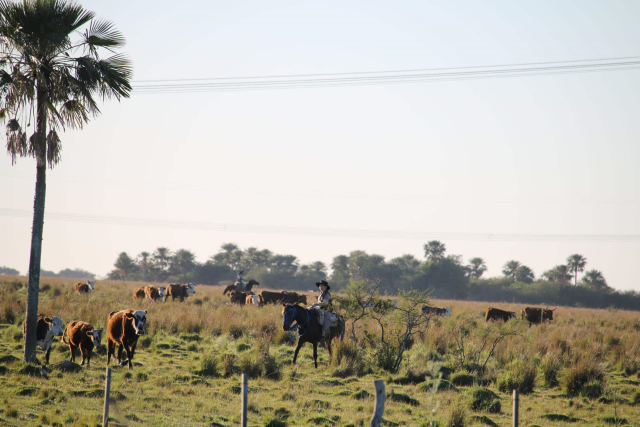
The gauchos went out alone, or occasionally worked as a team of two, until the herd was in. After that, they all worked together in a well choreographed and efficient operation.
I was also amazed at how easy it was to move the herd in the desired direction, between lots of yelling and well placed stings from their short whips on the rumps of the cows. If the herd moved, the individual cows moved with it, and if some broke from the herd they were promptly moved back into place. The members of the herd were moving briskly but not frightened. A stampeding herd could be dangerous, but a complacent and compliant one helped expedite the process. If they were confused with some unexpected choices, the gauchos knew the solution was to get a few going through the proper gate and the others would follow. As the herd approached, the farm’s owner, Jose’s father and Marco’s grandfather, motioned for me to get on the other side of the fence. These men understood the potential volatility of the herd.
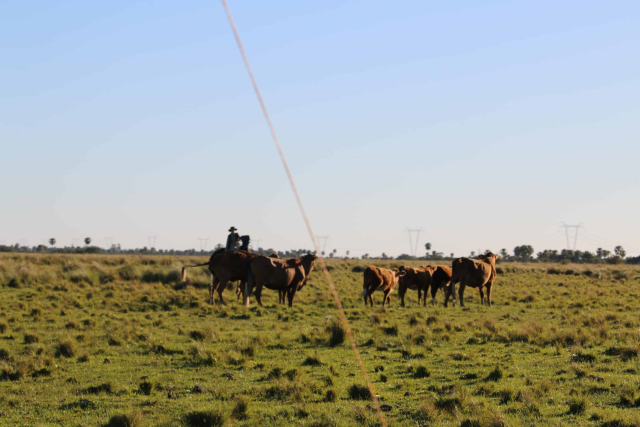 The gauchos brought the herd together in small groups. Even after the main herd was together inside the corral, some of the gauchos disappeared over the horizon looking for stragglers. I asked if they knew how many cows they were looking for, they said no, they didn’t count. They just knew from looking at the herd that some were missing. They always came back with more.
The gauchos brought the herd together in small groups. Even after the main herd was together inside the corral, some of the gauchos disappeared over the horizon looking for stragglers. I asked if they knew how many cows they were looking for, they said no, they didn’t count. They just knew from looking at the herd that some were missing. They always came back with more.
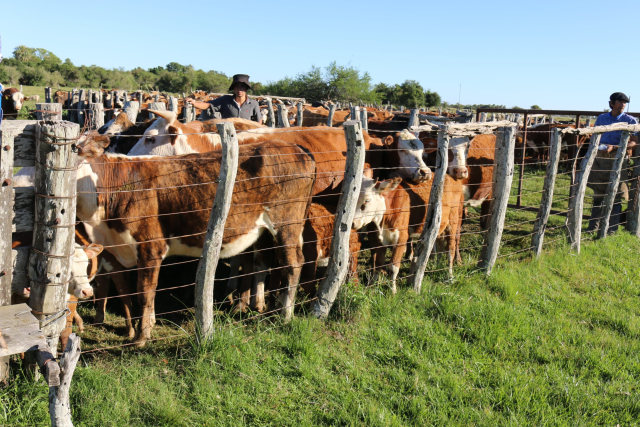
The herd is divided into two larger corrals. I’m guessing there were at least 200 head of cattle on this particular day. As a corral filled up, as this one did, a gate was opened to a smaller corral and some were let through.
Out on the range or in a corral, when nature calls appetites must be satisfied, whether the calves nursing or the bulls trying to mount the cows in the middle of all the pandemonium.
Some calves were only a few hours old and needed help.
Not everyone is cooperative, and it isn’t always the bulls who get feisty. Marco (on the left) gets in on this action.
The selected cow is lassoed at the head, and when she kicks her back legs out, they are also lassoed. The other ends of the lasso ropes are quickly wrapped around nearby fence posts, rendering her motionless. An experienced gaucho kneels beside her and kills her with a broad knife through her neck arteries and into her heart. She bleeds out and dies within two minutes. There is no sound to any of this. Other members of the herd are standing nearby, unperturbed and without interest.
Ninety minutes after the cow was slaughtered, the meat is cut and removed to refrigeration, everything is put away, and the porch is clean. The gauchos are the first to eat the beef. I felt honored to be invited to sit down with them, although I didn’t like the meat. It was tough and very fatty. I suspect they serve the very cheapest cuts to the staff.
The cow’s hide is stretched and pegged to dry out in the sun.
Today I got to visit a local farm. I met gauchos and watched them masterfully herding their cattle, skilled in the saddle and proud of their livelihood. I got to see my young friend Marco in a very different light, and I knew he wanted my respect. And he got it. I got to see butchers at work, and they did the job swiftly and delicately. Nothing was wasted. They knew their way with a knife. I watched the farmer’s wife come out on the porch and sort through the cuts of meat, no doubt deciding which ones would remain in her freezer. She was younger than me, but her hands and legs already showed the ravages of arthritis and severe circulatory disease. Farm life is hard and it takes its toll.
These people clearly had money for the important things, like the machinery and capital investment in the operation of their farm. But they wasted nothing, and were not consumer obsessed. No one walked around with a cell phone in their hand, and I didn’t get a sense that weeks before Christmas the kids were badgering their parents with demands of what they expected for Christmas. The week before I left, Marco and his family were also gone–on two weeks vacation to Mexico. In 2016 they went on safari in Africa.
The kids walk and ride their bikes in the village. If I left the village for a weekend to gain internet service in another town, when I returned I was inevitably greeted with a small mob of kids running up the sandy street to greet me. We learned from each other.
Marco tells me when he grows up he wants to be an industrial engineer, and he also wants to own a company that manufactures tractors. He just might do it too. But he will always carry some of the gaucho culture with him. He has an independent spirit and will make a great entrepreneur.
—————————————————————
As a traveler, I stay longer, delve deeper, and look for the back story to everything. There are so many cultures and so many ways to live a life, that none of us can experience it all. We get glimpses of what we miss by reading blogs like this one. Sometimes what we read makes us want to travel, and sometimes it satisfies just to read about the adventures of others. As I watched the gauchos and the cattle, I found myself wondering about our own innate tendencies to engage in herd behavior, being influenced by series of false alternatives cleverly chosen by others to get us to an end destination of their choosing (the corral). Like those cattle, we also just want to live our life, love our friends and family, and be left alone with our choices. Alone we are unimportant, but as a herd we are the source of immense power and profit to those who would manage us–by controlling the gates (information).
John Bechtel
If you think you might like to live the life that John does, check out this information to help you get started. This is something your editor took advantage of long ago. However, you don’t have to travel to be a travel writer. You can write about interesting places right where you live. Let us know what you think. Travel Writing
John is an international travel writer, He writes regularly for the Scandinavian Press and is the author of a ghostwritten book, Malpractice, available at Amazon. His web site is www.johnbechtelwriter.com.
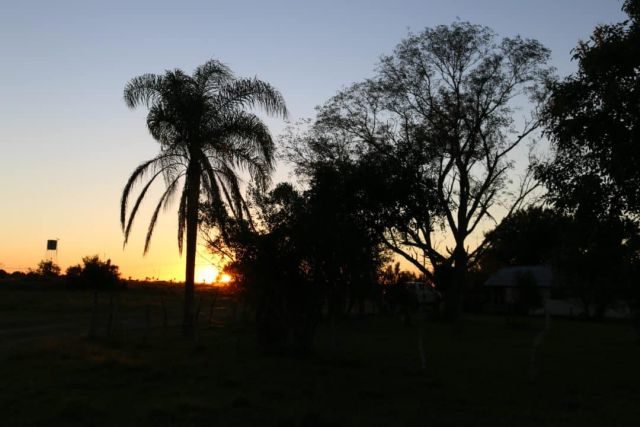
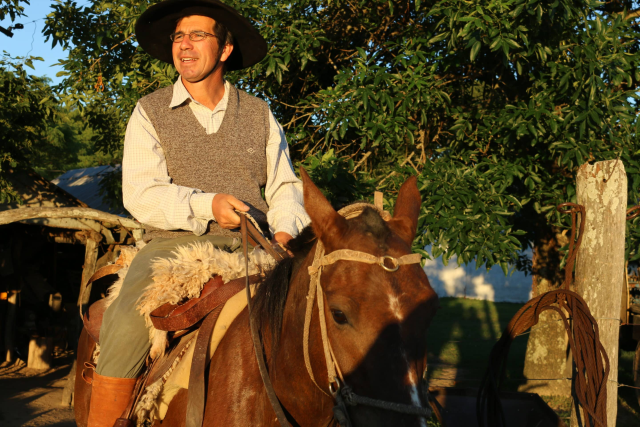
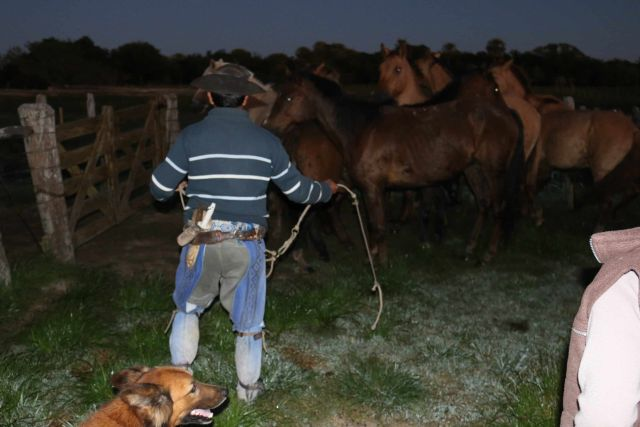
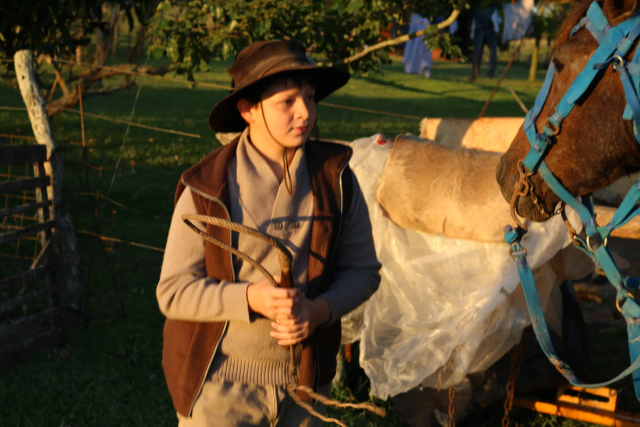
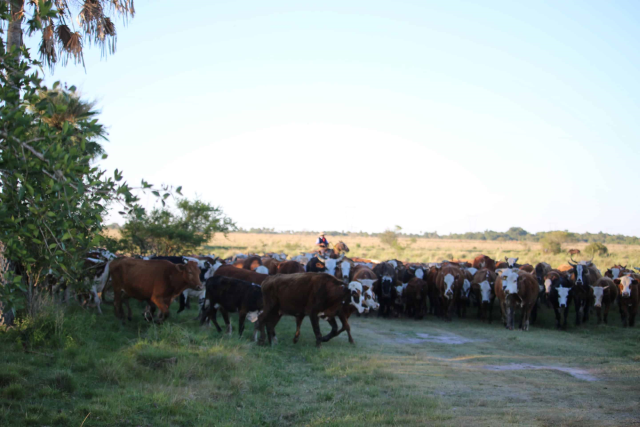
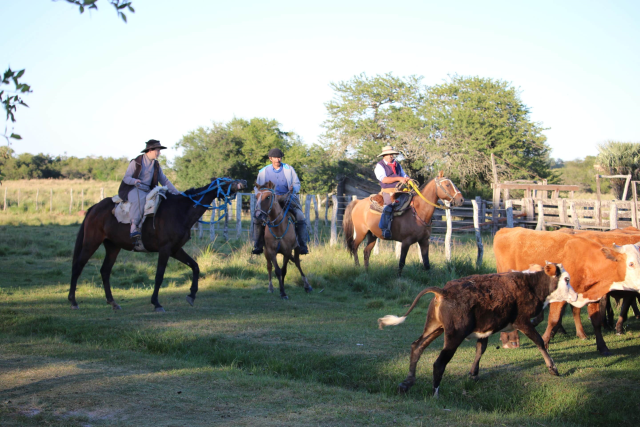
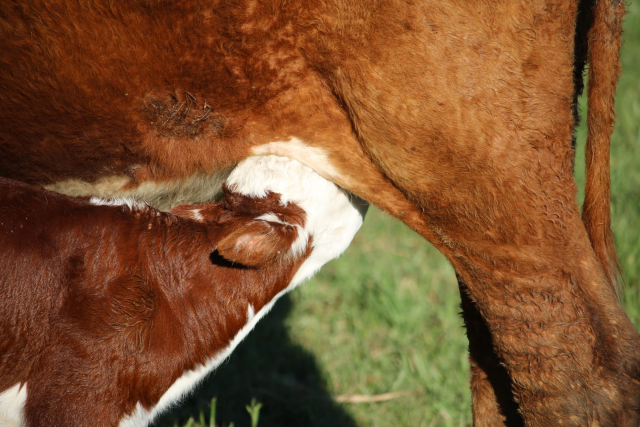
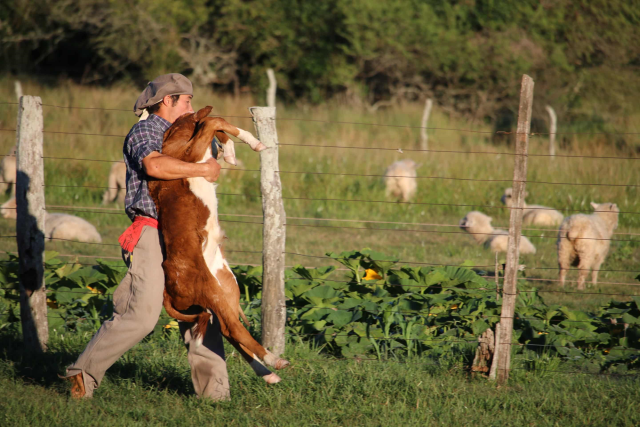
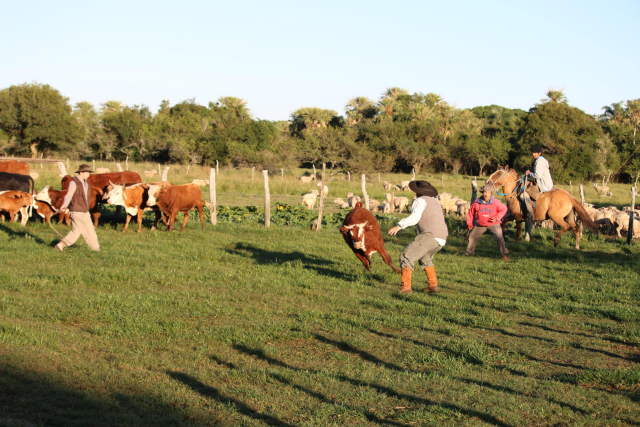
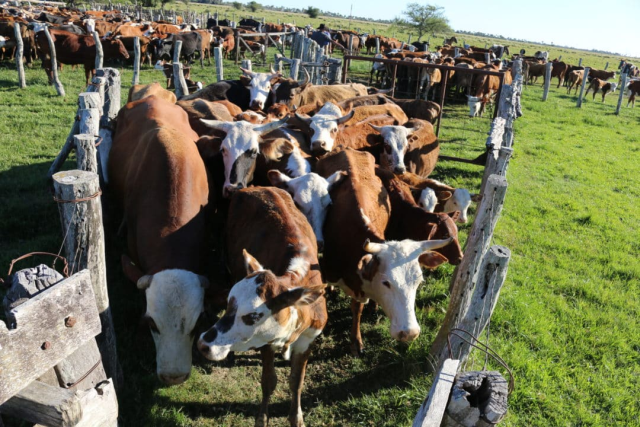
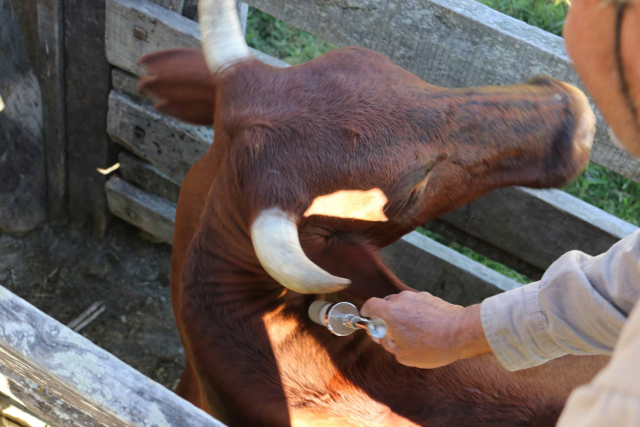
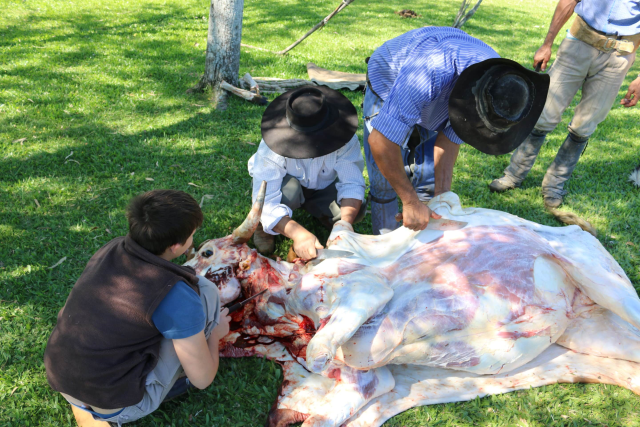
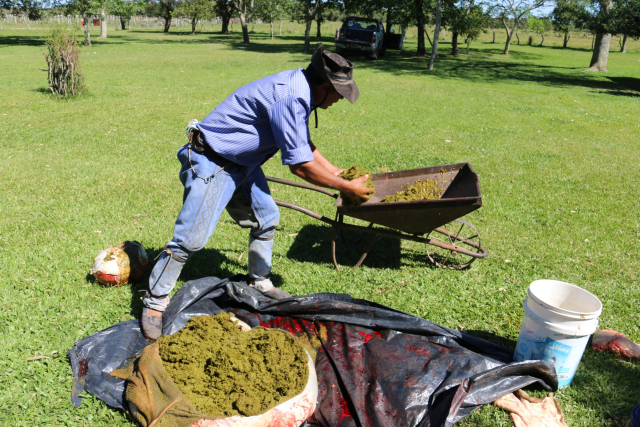
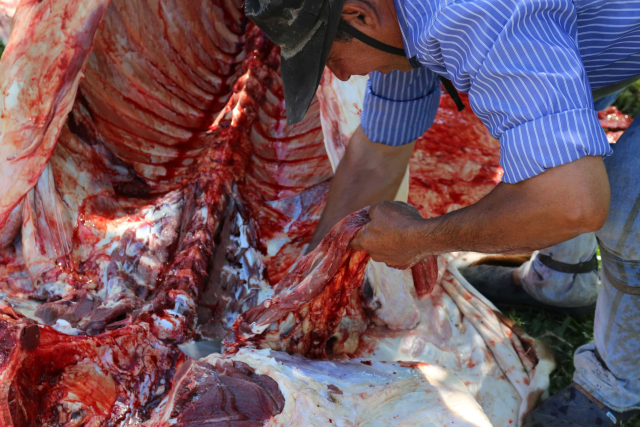
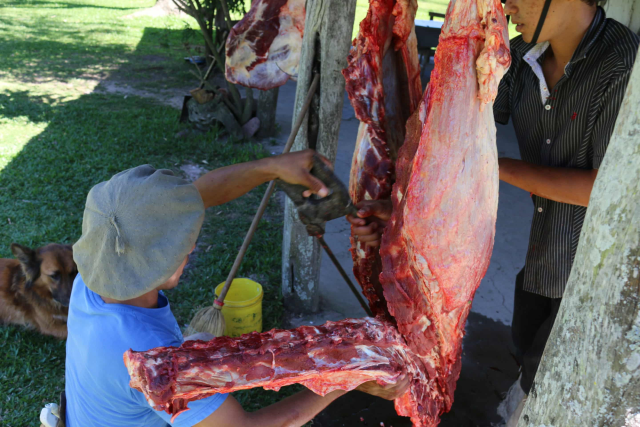
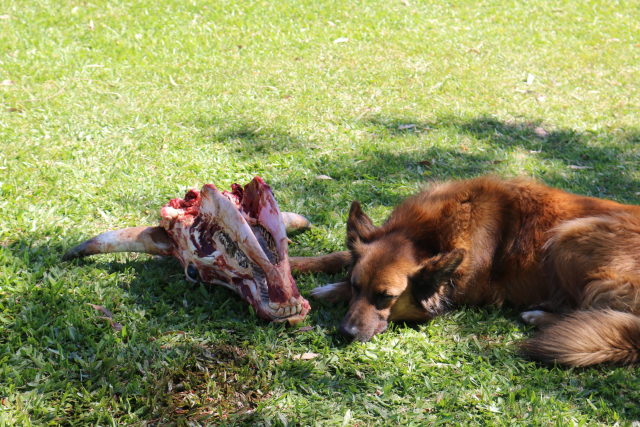
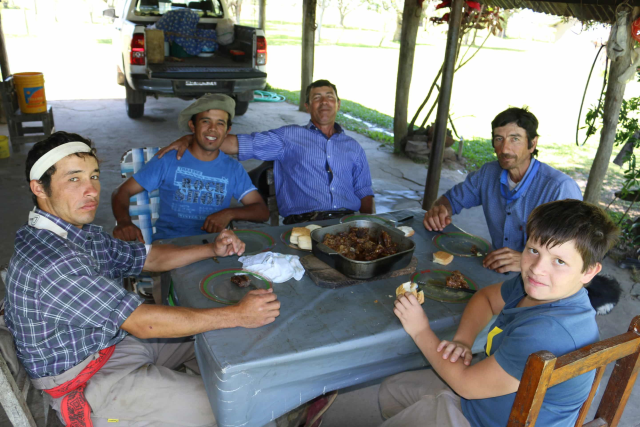
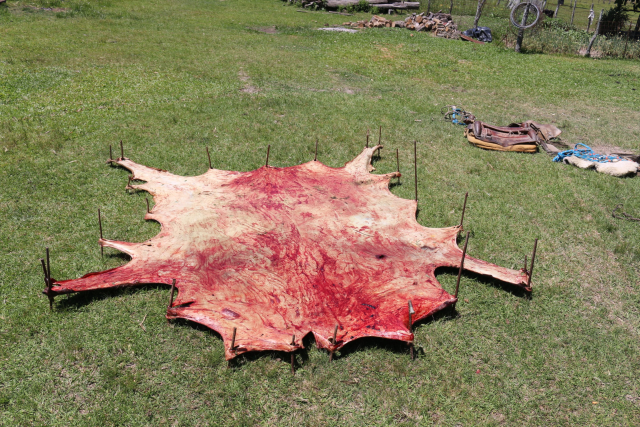
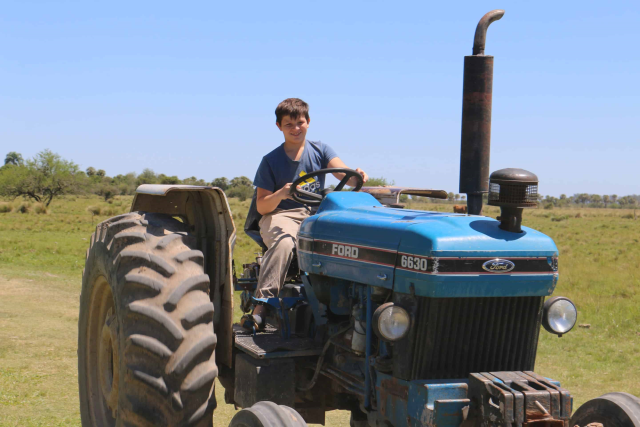

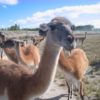
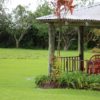


Thanks for the very interesting article. It’s nice to know these traditional lifestyles are still lived in Argentina and elsewhere.